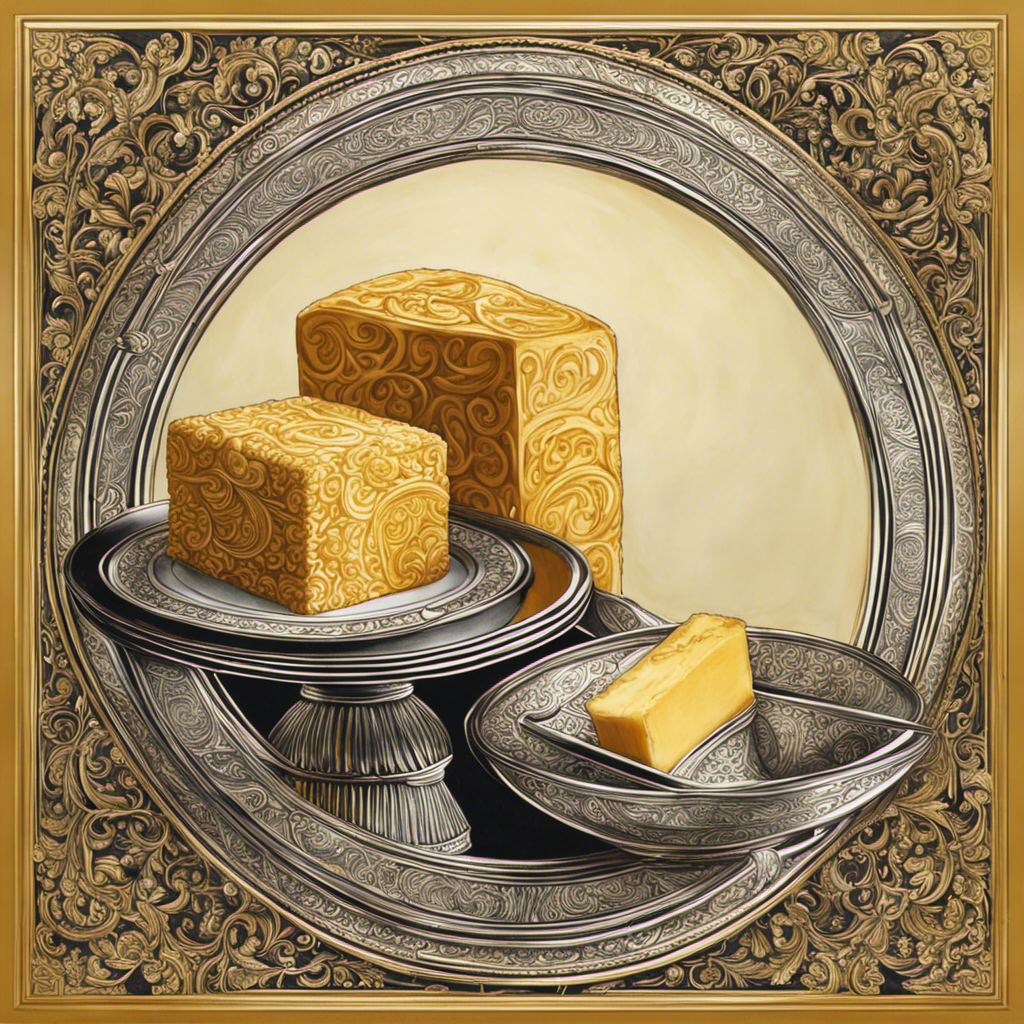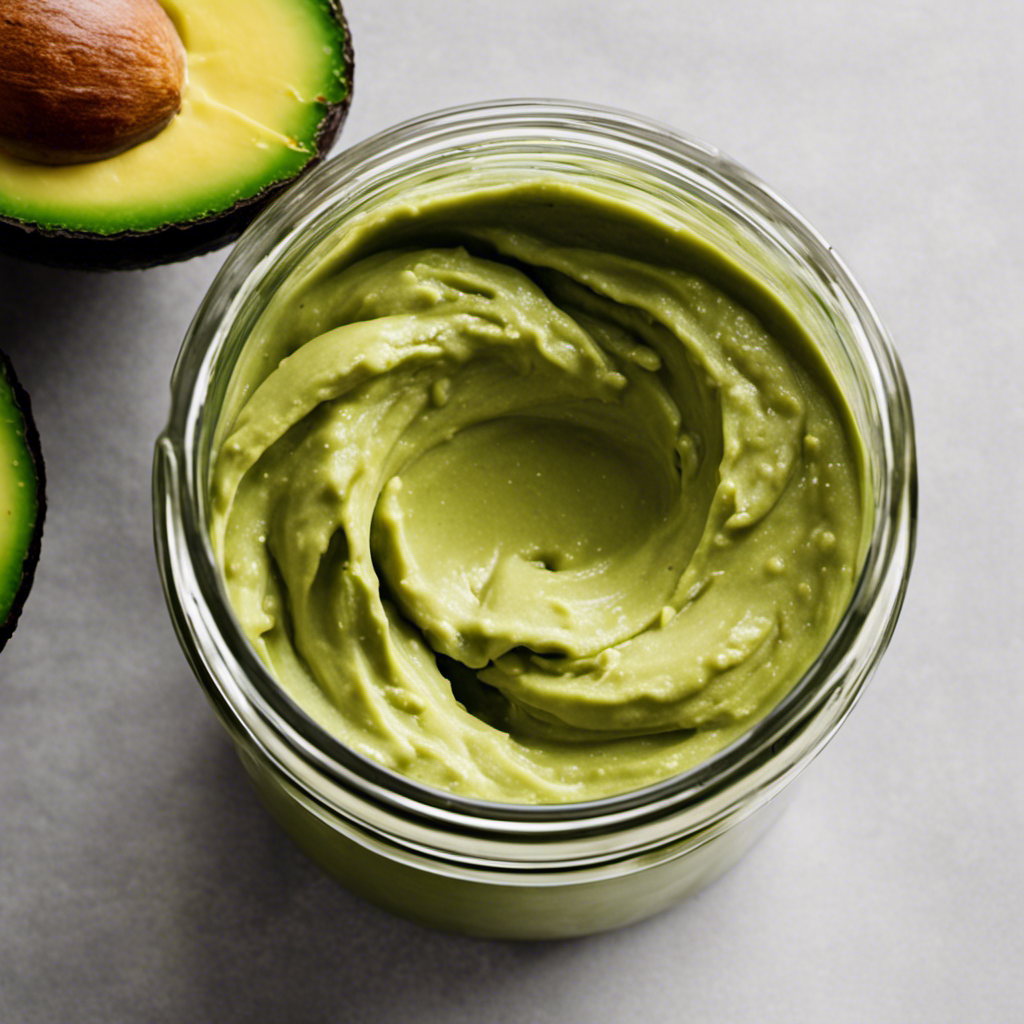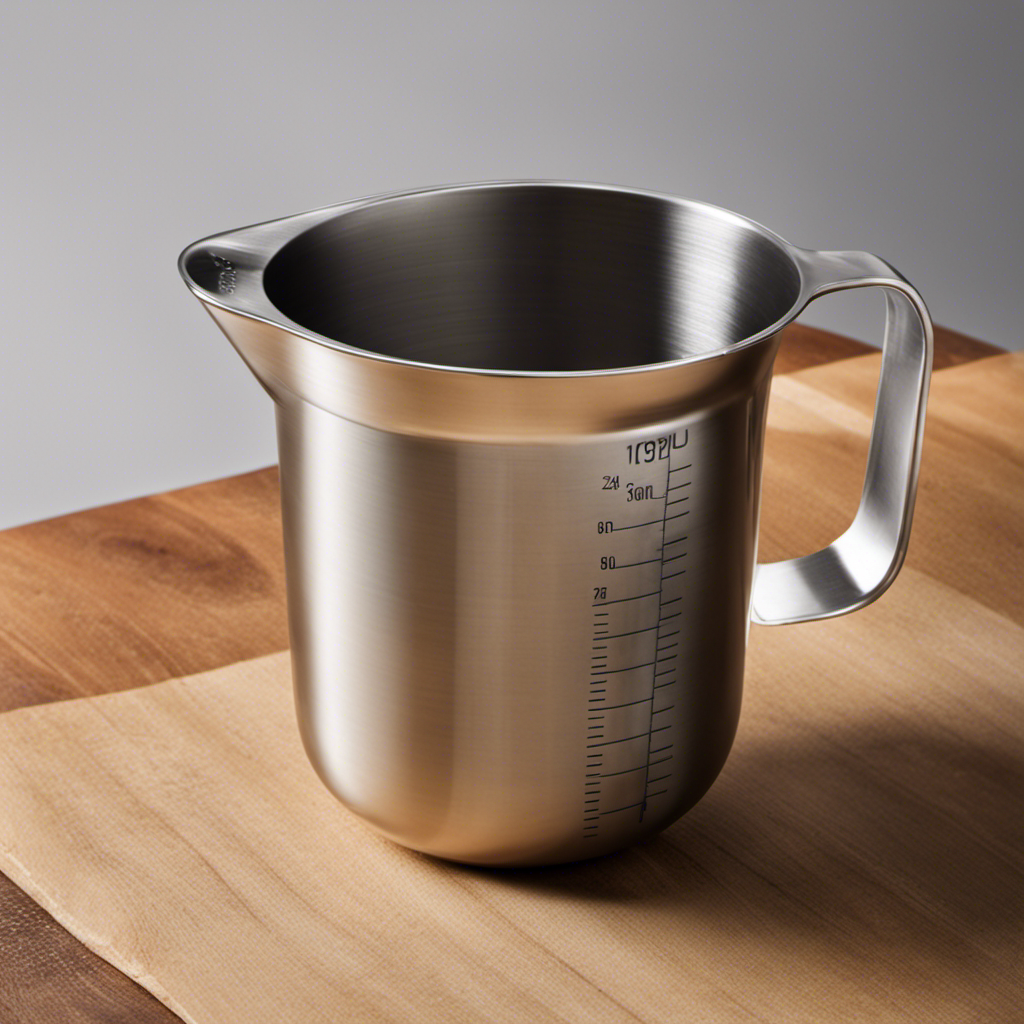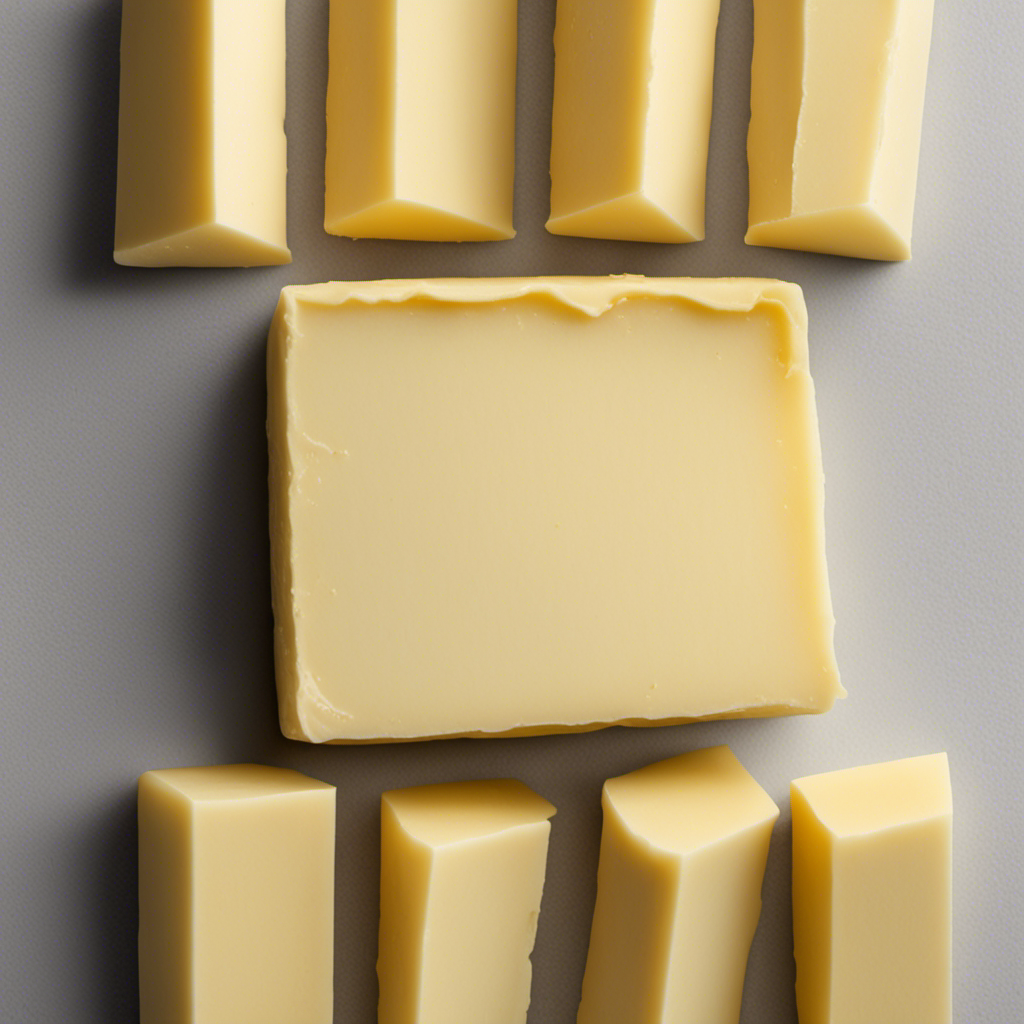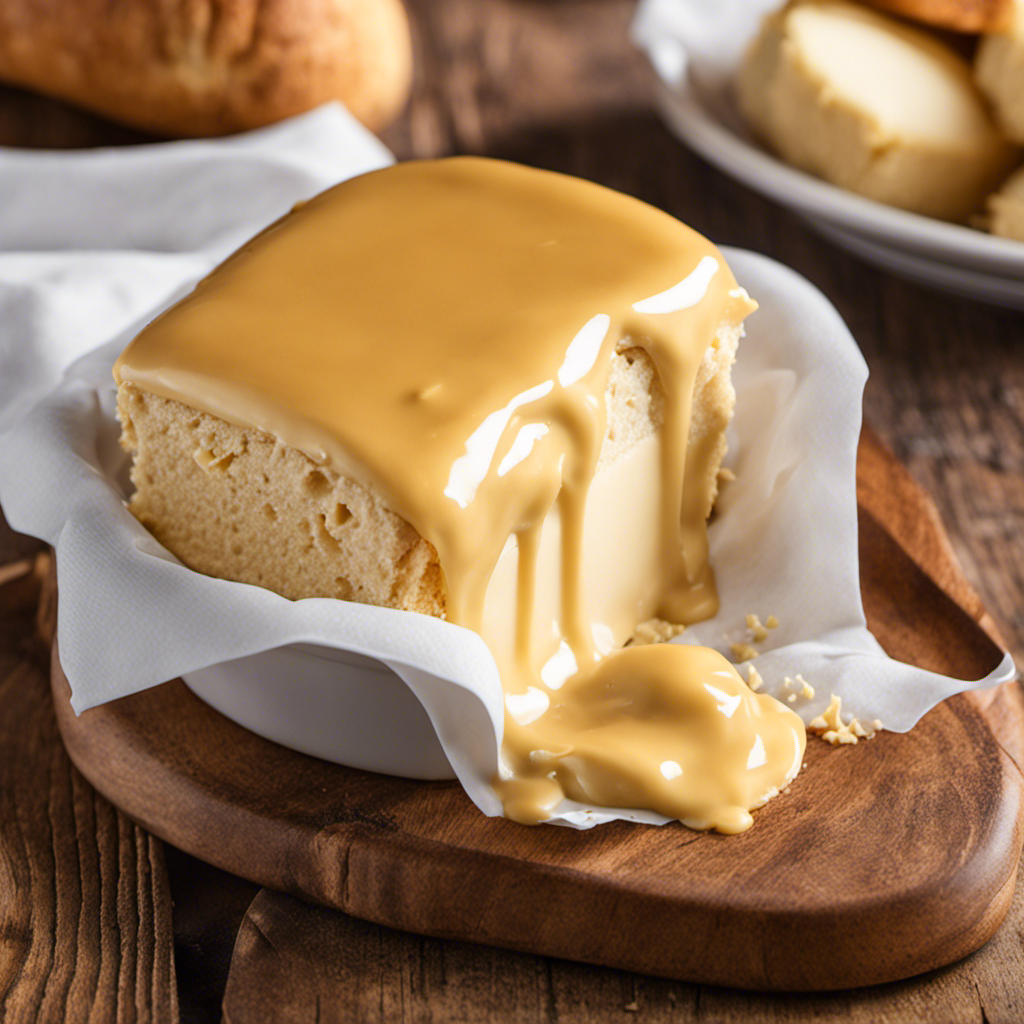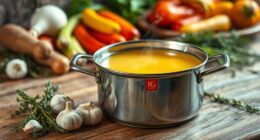Hello! Ever curious about how to animate your sketches with a hint of smooth charm? Search no more, because I have the perfect guide for you.
In this article, I’ll show you step-by-step how to draw butter in all its delicious forms. From sticks to cubes and even melted goodness, you’ll learn the secrets to capturing the texture and shading that make your butter drawings look oh-so-realistic.
So grab your pencils and let’s get sketching!
Key Takeaways
- Materials needed for drawing butter: pencil and paper, clay or playdough, sculpting tools, understanding basic shapes of butter, importance of sketching ideas before sculpting
- Techniques for sculpting butter: identifying butter shapes, carving intricate designs and patterns, folding to create ripples and waves, smoothing for a polished look, layering to add depth and dimension
- Sketching techniques for butter: importance of pencil shading techniques, creating depth and dimension in drawings, capturing the unique texture of butter, adding realistic highlights for a glossy effect, using blending and smudging for a realistic look
- Tips for capturing the glossy appearance and dimension of butter: using a base color that matches the yellow hue of butter, adding highlights and shadows, applying the base color evenly for a smooth texture, blending the colors together to capture the shine of butter
Materials Needed for Drawing Butter
To draw butter, you’ll need a few materials. First and foremost, you’ll need a pencil and paper to sketch out your ideas before sculpting the butter.
Additionally, you’ll need some clay or playdough to practice your sculpting techniques. These materials will allow you to create the different geometric butter shapes, like cubes, spheres, and cylinders.
To add more detail to your butter sculptures, you may also want to have a set of sculpting tools, such as a knife or a small spoon, to help you shape the butter.
Understanding the basic shapes of butter is essential for creating realistic and visually appealing sculptures, so let’s dive into that in the next section.
Understanding the Basic Shapes of Butter
When it comes to butter, there’s more than meets the eye.
In this discussion, we’ll explore the fascinating world of geometric forms in butter. We’ll learn how to identify different butter shapes and delve into the art of butter sculpting techniques.
Get ready to discover the hidden beauty and versatility of this everyday ingredient. As we dive into the world of butter artistry, you’ll be amazed at what can be created with a simple block of butter.
Geometric Forms in Butter
You can create geometric forms in butter by using a knife to shape it into squares, triangles, and circles. Sculpting butter into these shapes is a fun and creative way to experiment with butter sculpting.
Geometric butter sculptures can be simple or intricate, depending on your skill level and creativity. Start by softening the butter, then use a knife to carefully shape it into the desired form.
Squares can be easily made by cutting straight lines, triangles can be formed by cutting diagonally, and circles can be achieved by gently shaping the butter into a round shape. Once you have mastered these basic geometric shapes, you can move on to sculpting butter animals or more complex designs.
Now that you know how to create geometric forms in butter, let’s move on to identifying butter shapes and exploring more advanced techniques.
Identifying Butter Shapes
Now that we can identify butter shapes, let’s explore different techniques for sculpting them. When it comes to butter art techniques, there are various ways to manipulate the texture and create stunning sculptures. Here are five techniques that can help you master the art of sculpting with butter:
- Carving: Using sharp tools, carve intricate designs and patterns into the butter, creating depth and dimension.
- Folding: Manipulate the softness of the butter by folding it, creating beautiful ripples and waves.
- Smoothing: Use a knife or spatula to smooth the surface of the butter, giving it a polished and refined look.
- Layering: Stack layers of butter on top of each other to create a three-dimensional effect, adding depth to your sculpture.
- Sculpting: Shape the butter by hand, molding it into various forms and figures.
Butter Sculpting Techniques
To enhance your butter sculptures, try experimenting with different techniques. Carving involves using tools to shape the butter into desired forms, adding texture and depth. Folding involves manipulating the butter to create interesting patterns and textures. Smoothing is essential for achieving a polished and professional finish. Layering involves stacking layers of butter to create dimension and depth. Sculpting allows you to create three-dimensional shapes and figures.
Step-By-Step Guide to Sketching Butter
When it comes to sketching butter, there are a few key techniques to master in order to achieve a realistic and textured appearance.
One of the most important aspects is understanding pencil shading techniques, which can help create depth and dimension in your drawing.
Additionally, capturing the unique texture of butter is crucial, as it adds a sense of realism to the artwork.
Lastly, adding realistic highlights can make the drawing come alive by mimicking the way light interacts with the butter’s surface.
Pencil Shading Techniques
I’ll show you some pencil shading techniques that will enhance your butter drawing. When it comes to creating butter sculptures, shading is key to achieving a realistic and three-dimensional look. Here are some techniques to help you master the art of butter shading:
- Cross-hatching: Use intersecting lines to create depth and texture in your drawing.
- Blending: Gradually transition from light to dark areas by softly blending the pencil strokes together.
- Stippling: Create texture by using tiny dots or stipple marks to simulate the grainy appearance of butter.
- Highlighting: Add highlights to the butter surface using an eraser or a lighter pencil to create a glossy effect.
- Smudging: Use your finger or a blending tool to smudge and soften harsh lines for a smoother, more realistic look.
Capturing Butter’s Texture
Using cross-hatching and blending techniques, you can capture the smooth and creamy texture of butter in your drawings. When it comes to drawing butter, it’s all about creating depth and realism.
Start by lightly sketching the outline of the butter, paying attention to its shape and proportions. Then, using short, parallel lines, apply cross-hatching to add shadows and highlights, giving the butter a three-dimensional look. Don’t forget to blend the lines together using a blending stump or a soft brush to create a seamless transition between the shades.
For an extra challenge, try creating a butter sculpture using clay or other sculpting materials. Remember to observe the butter’s texture and replicate it as accurately as possible.
With practice and patience, you’ll be able to create butter drawings that look good enough to spread on toast!
Adding Realistic Highlights
To achieve a realistic and glossy appearance, I lightly blend short, parallel lines to create highlights on the surface. This technique helps to mimic the way light interacts with the butter, giving it depth and dimension.
Here are some tips to create a 3D effect with realistic lighting:
- Use a soft pencil or a light touch with a charcoal pencil to create the highlights.
- Start by identifying the areas where the light hits the butter the most, such as the top and the sides facing the light source.
- Draw short, parallel lines in these areas, following the contours of the butter.
- Vary the length and thickness of the lines to add depth and texture.
- Blend the lines gently with a blending stump or your finger to soften the edges and create a seamless transition.
Adding Texture to Your Butter Drawing
You can create a realistic texture on your butter drawing by lightly stippling the surface. Stippling is a technique where you use small dots or strokes to mimic the look and feel of the object you are drawing. When it comes to drawing butter, this technique can really bring your illustration to life.
To help you understand how to create butter textures, here is a table showcasing different stippling techniques you can use:
| Technique | Description |
|---|---|
| Random Stippling | Scatter dots randomly for a natural look |
| Crosshatch | Overlapping lines in a crisscross pattern |
| Concentrated Stippling | Densely packed dots for a rich texture |
Shading Techniques for a Realistic Butter Illustration
For a more realistic butter illustration, try experimenting with different shading techniques to add depth and dimension to your drawing. Shading is essential in creating a lifelike representation of butter.
Here are five techniques to enhance your butter sculpture:
- Cross-hatching: Use intersecting lines to create the illusion of texture and form.
- Stippling: Apply small dots to create a speckled effect, mimicking the grainy texture of butter.
- Blending: Gradually transition from light to dark areas using smooth and gradual strokes.
- Sgraffito: Scratch the surface of your drawing to reveal lighter areas and create a textured effect.
- Chiaroscuro: Emphasize contrast by using a combination of light and dark tones to create a three-dimensional effect.
Tips for Capturing the Glossy Appearance of Butter
Using a blending technique can help you capture the glossy appearance of butter in your illustration.
To achieve this, start by using a base color that matches the yellow hue of butter. Then, select a slightly lighter shade to add highlights and a darker shade for shadows.
Begin by applying the base color evenly, ensuring a smooth and consistent texture. Next, use a blending tool or a soft brush to gently blend the colors together, focusing on the areas where the light hits the butter. This will create a soft transition between the different shades, capturing butter’s shine.
Remember to pay attention to the direction of the light source for a more realistic effect. By mastering these techniques for drawing butter’s texture, you will be able to add dimension and depth to your illustration.
Adding Dimension to Your Butter Drawing
When it comes to creating a realistic and dimensional drawing of butter, there are a few key techniques that can make all the difference.
Shading techniques for depth allow you to add shadows and contours, bringing your drawing to life.
Highlights and reflections help capture the glossy appearance of butter, making it look truly buttery and delicious.
Texture and brush strokes play a crucial role in creating a sense of realism, adding the fine details and subtle variations that make your drawing truly stand out.
Shading Techniques for Depth
To add depth to your drawing, try incorporating various shading techniques. Shading techniques are essential for creating a realistic and three-dimensional effect in your artwork. Here are five techniques that can help you achieve this:
- Hatching: This involves drawing parallel lines to create shadows and depth.
- Cross-hatching: Similar to hatching, but with intersecting lines that add complexity to the shading.
- Blending: By smudging or blending different shades together, you can create smooth transitions and realistic textures.
- Stippling: This technique uses small dots to create shadows and add depth to your drawing.
- Scumbling: By layering multiple layers of light shading, you can create a sense of depth and texture.
By practicing these shading techniques, you can bring your drawing to life and make it visually compelling.
Now, let’s move on to the next section about highlights and reflections to further enhance your artwork.
Highlights and Reflections
By practicing these techniques, you’ll be able to create highlights and reflections that bring your artwork to life. Adding highlights and shadows can give your drawings depth and make them appear more three-dimensional.
To create highlights, you can use a lighter shade of the base color and apply it to the areas where the light is hitting your subject. This will make those areas appear brighter and more defined.
Reflections, on the other hand, can be created by adding a lighter shade of the surrounding colors to the areas that are being reflected. This will give your artwork a sense of movement and realism, as it shows how the light interacts with the objects in your drawing.
Texture and Brush Strokes
The texture and brush strokes in your artwork can add depth and dimension. When it comes to creating a butter texture, brush techniques play a crucial role. Here are five techniques that can help you achieve a realistic and mouthwatering buttery effect:
- Feathering: Use soft, delicate strokes to create a smooth and creamy texture.
- Impasto: Apply thick and bold strokes to mimic the thick consistency of butter.
- Blending: Blend colors together seamlessly to create a smooth and cohesive appearance.
- Cross-hatching: Overlap quick, short strokes to add a sense of depth and richness.
- Scumbling: Use a dry brush to gently dab and create a rough texture, resembling the unevenness of butter.
By mastering these brush techniques, you’ll be able to bring your butter drawings to life.
Now, let’s move on to drawing different forms of butter, such as a stick, cube, or even melted butter.
Drawing Different Forms of Butter (Stick, Cube, Melted
You can easily draw a stick of butter, a cube of butter, or even a melted blob of butter. To capture the texture of butter in your drawing, you will need some basic materials like pencils, paper, and erasers.
Start by observing the butter closely, noticing its smoothness and softness. Use light, short strokes to create the appearance of the butter’s creamy texture. Pay attention to the highlights and shadows, as they will help bring depth to your drawing. Don’t be afraid to experiment with different techniques, such as blending or crosshatching, to achieve the desired effect.
Creating a Butter Still Life Composition
To create a butter still life composition, gather a variety of props like a cutting board, knife, and bread to add interest to your artwork. When setting up your composition, consider the placement of each prop to create visual balance.
Here are some items you can include to bring your still life to life:
- A block of butter, freshly carved into intricate shapes using butter carving techniques.
- A pat of butter, slowly melting on a warm slice of bread.
- A knife, with a thin layer of butter spread on its blade.
- A wooden cutting board, with crumbs of bread and butter residue.
- A small dish of melted butter, reflecting the light and adding a glossy touch.
Enhancing Your Butter Drawing With Colors
Enhancing your butter drawing with colors can add depth and vibrancy to your artwork. When it comes to color mixing techniques, it’s important to choose the right color palette that will bring out the richness of the butter.
Firstly, consider the temperature of the butter. If it’s cold, opt for cool colors like blues and purples to create a realistic effect. On the other hand, if the butter is melted and warm, warm colors such as yellows and oranges will work best.
To achieve a buttery texture, try using a combination of soft pastels and colored pencils. Layering different shades of yellow and white can give your butter a realistic, creamy appearance.
Don’t be afraid to experiment with different color combinations and techniques to bring your butter drawing to life.
Showcasing Your Butter Artwork: Framing and Displaying Options
When displaying your butter artwork, framing it in a simple, elegant frame can elevate the overall presentation. Here are some framing tips and lighting techniques to showcase your butter art in the best possible way:
- Choose a frame that complements the colors and style of your artwork, such as a sleek black frame for a modern look.
- Opt for a mat board to create depth and enhance the visual impact of your butter art.
Consider using UV-protective glass or acrylic to prevent fading and protect your artwork from harmful light.
- Experiment with different lighting techniques, like spotlighting or backlighting, to create dramatic effects and highlight the texture of your butter art.
- Hang your framed butter artwork in a well-lit area to ensure it catches the viewer’s attention and showcases the intricate details.
Frequently Asked Questions
Can I Use Any Type of Paper for Drawing Butter?
Sure! You can use any type of paper for drawing butter, but I recommend using a smooth surface like bristol board or drawing paper. To create realistic shading, try using techniques like cross-hatching or blending with a tortillon.
How Long Does It Take to Learn How to Draw Butter Realistically?
It takes a considerable amount of time and dedication to learn how to draw butter realistically. Mastering shading techniques is crucial for creating a lifelike appearance. Observation and practice play a vital role in honing this art form.
What Are Some Common Mistakes to Avoid When Drawing Butter?
When drawing butter, it’s important to avoid common misconceptions like making it too yellow or not capturing its creamy texture. Techniques for shading and highlighting can help bring depth and realism to your butter drawings.
Are There Any Alternative Methods for Adding Texture to a Butter Drawing?
Using different shading techniques for a realistic butter drawing can add texture. Exploring different drawing tools, like cross-hatching or stippling, can also enhance the butter’s texture. Remember, practice makes perfect!
Can I Use Colored Pencils Instead of Paint to Enhance My Butter Drawing With Colors?
Using colored pencils for butter drawing can enhance the artwork with vibrant colors. The pros of using colored pencils include easy blending and control. However, they may not provide the same level of texture as paint.
Conclusion
Well, butter me up and call me a biscuit!
Drawing butter may sound like a slippery task, but with the right techniques and a little creativity, anyone can churn out a masterpiece.
By understanding the basic shapes of butter and adding texture and shading, you can create a realistic and mouth-watering illustration.
Whether you prefer stick, cube, or melted butter, there’s no limit to what you can create.
So grab your art supplies and let your imagination spread like butter on warm toast.
It’s time to butter up your artistic skills and showcase your butter artwork with pride!
